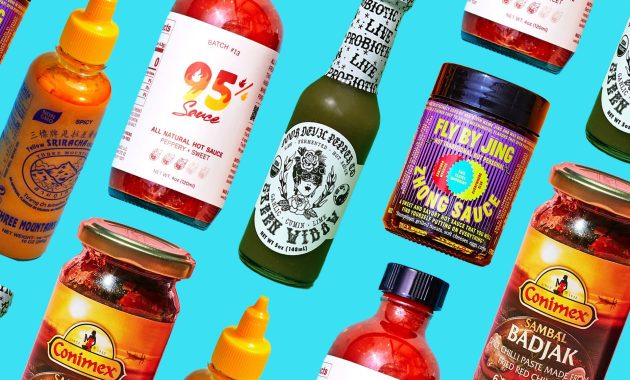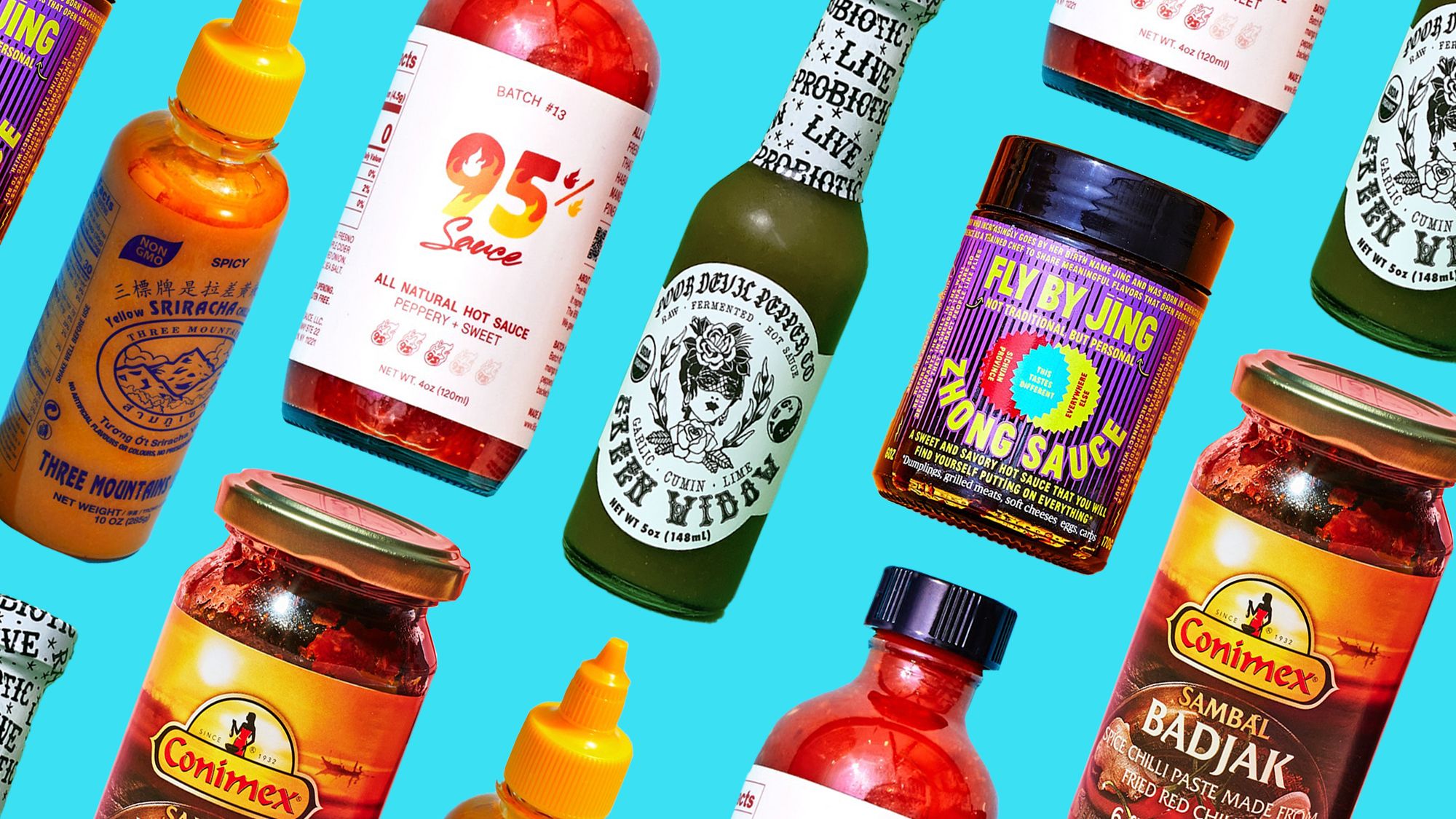
How to Choose Sauces That Won’t Worsen Diabetes: A Guide to Flavorful and Blood-Sugar-Friendly Options
Navigating the world of food can be challenging, especially when managing diabetes. One area that often causes confusion is sauces. Many store-bought sauces are loaded with hidden sugars, unhealthy fats, and excessive sodium. These ingredients can significantly impact blood sugar levels and overall health. This article aims to provide a comprehensive guide on how to choose sauces that won’t worsen diabetes, empowering you to make informed and delicious choices.
Understanding the Impact of Sauces on Blood Sugar
Before diving into specific sauce selections, it’s crucial to understand how sauces affect blood sugar. The primary culprits in many sauces are added sugars, refined carbohydrates, and unhealthy fats. When consumed, these ingredients can lead to rapid spikes in blood glucose levels. High blood sugar over time can lead to serious health complications. These include heart disease, nerve damage, and kidney problems. Therefore, careful sauce selection is vital for effective diabetes management.
Consider the Glycemic Index (GI) and Glycemic Load (GL) of ingredients. The GI measures how quickly a food raises blood sugar. The GL takes into account the portion size. Choosing sauces with lower GI and GL values is generally advisable. This helps to minimize the impact on blood glucose.
Decoding the Ingredients: What to Watch Out For
Reading food labels is an essential skill for anyone with diabetes. When examining sauce labels, pay close attention to the following:
- Added Sugars: These come in various forms, including high fructose corn syrup, sucrose, dextrose, and maltose. Aim for sauces with minimal or no added sugars. Look for “sugar-free” or “no sugar added” options.
- Carbohydrates: Check the total carbohydrate count and fiber content. Fiber slows down sugar absorption. Choose sauces with higher fiber content.
- Fats: Avoid sauces high in saturated and trans fats. These can negatively affect heart health. Opt for sauces that use healthy fats like olive oil.
- Sodium: Many sauces are high in sodium, which can raise blood pressure. Choose low-sodium options or make your own sauces.
- Artificial Sweeteners: While some artificial sweeteners may not directly raise blood sugar, they can have other health effects. It’s best to use them in moderation.
Sauce Categories and Diabetes-Friendly Options
Let’s explore different sauce categories and discuss diabetes-friendly choices:
Tomato-Based Sauces
Traditional tomato sauces often contain added sugar. However, many brands offer low-sugar or sugar-free options. Look for sauces with a simple ingredient list, emphasizing tomatoes, herbs, and spices. Avoid sauces with added sugar, high fructose corn syrup, or excessive sodium. Making your own tomato sauce from fresh tomatoes is an excellent way to control ingredients. This also allows you to customize the flavor to your preference.
Creamy Sauces
Creamy sauces, such as Alfredo or cheese sauces, can be high in fat and carbohydrates. These ingredients can significantly impact blood sugar. If you enjoy creamy sauces, consider these alternatives: Use low-fat or non-fat milk or Greek yogurt as a base. Incorporate healthy fats like avocado. Add herbs and spices for flavor. There are also recipes for cauliflower-based Alfredo sauces. These provide a creamy texture with fewer carbs.
Asian-Inspired Sauces
Soy sauce, teriyaki sauce, and sweet chili sauce are popular in Asian cuisine. Many of these sauces are high in sodium and sugar. Choose low-sodium soy sauce or tamari. Use it sparingly. For teriyaki sauce, look for low-sugar versions. Alternatively, make your own teriyaki sauce using a sugar substitute. Sweet chili sauce often contains a significant amount of sugar. Consider using a small amount or finding a low-sugar alternative.
Salad Dressings
Salad dressings can be a hidden source of sugar, unhealthy fats, and sodium. Opt for vinaigrette-style dressings. These are often lower in sugar and fat than creamy dressings. Make your own dressing using olive oil, vinegar, and herbs. This gives you complete control over the ingredients. Be mindful of portion sizes. Even healthy dressings can contribute to excess calorie intake.
Making Your Own Diabetes-Friendly Sauces
The best way to ensure your sauces are diabetes-friendly is to make them yourself. This allows you to control the ingredients. You can adjust the flavors to your liking. Here are some simple recipes to get you started:
Basic Tomato Sauce
Sauté onions and garlic in olive oil. Add crushed tomatoes, herbs (such as basil, oregano, and thyme), and a pinch of salt and pepper. Simmer until the sauce thickens. This process usually takes about 20-30 minutes. Adjust seasonings to taste.
Creamy Avocado Dressing
Blend avocado, Greek yogurt, lime juice, cilantro, and water in a blender. Adjust consistency with more water if needed. Season with salt and pepper. This makes a delicious and healthy salad dressing.
Homemade Pesto
Combine fresh basil, pine nuts, garlic, olive oil, and Parmesan cheese in a food processor. Pulse until smooth. Add salt and pepper to taste. Pesto can be used on pasta, vegetables, or as a sandwich spread. [See also: Healthy Pasta Recipes for Diabetics]
Tips for Success: Eating Sauces with Diabetes
Here are some additional tips for incorporating sauces into your diet while managing diabetes:
- Portion Control: Even healthy sauces should be used in moderation. Measure your portions to avoid overconsumption.
- Pair with Fiber-Rich Foods: Serve sauces with vegetables, whole grains, or lean protein. This helps to slow down the absorption of sugar.
- Read Labels Carefully: Always check the nutrition facts label for sugar, carbohydrates, fat, and sodium content.
- Experiment with Flavors: Don’t be afraid to try different herbs, spices, and vinegars to add flavor. This avoids reliance on high-sugar sauces.
- Consult a Healthcare Professional: If you have any concerns, discuss your sauce choices with a registered dietitian or your doctor. They can provide personalized advice.
The Takeaway: Choosing Sauces That Won’t Worsen Diabetes
Managing diabetes doesn’t mean sacrificing flavor. By carefully selecting sauces and making informed choices, you can enjoy delicious meals without negatively impacting your blood sugar. Focus on reading labels, choosing low-sugar options, and incorporating healthy ingredients. Remember, the key is moderation and mindful eating. By understanding how to choose sauces that won’t worsen diabetes, you can maintain a healthy and enjoyable lifestyle.
Incorporating these strategies into your diet can lead to better blood sugar control. This also leads to improved overall health and well-being. The ability to make informed decisions about food empowers you to manage your diabetes effectively.
The information provided in this article is intended for general knowledge and informational purposes only. It does not constitute medical advice. It is essential to consult with a qualified healthcare professional for any health concerns or before making any decisions related to your health or treatment. Always consult with your doctor or a registered dietitian for personalized advice.

